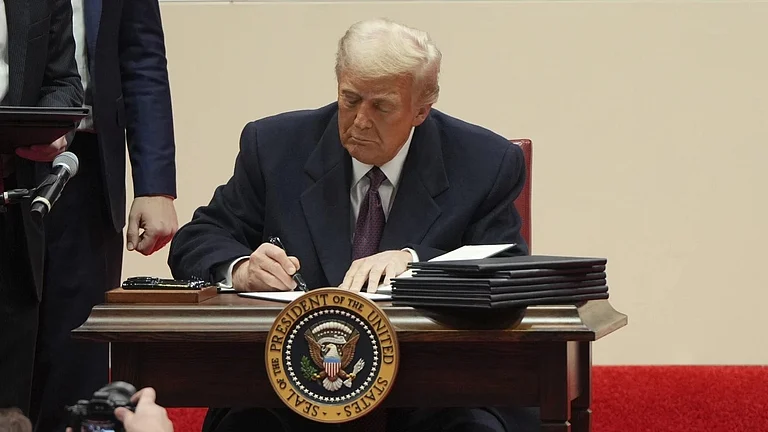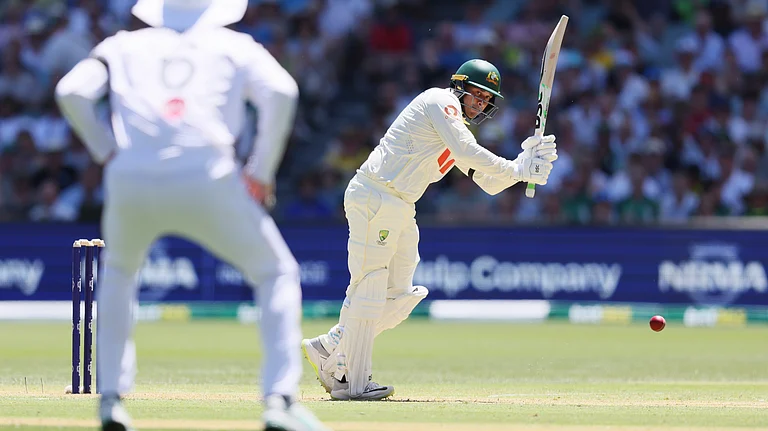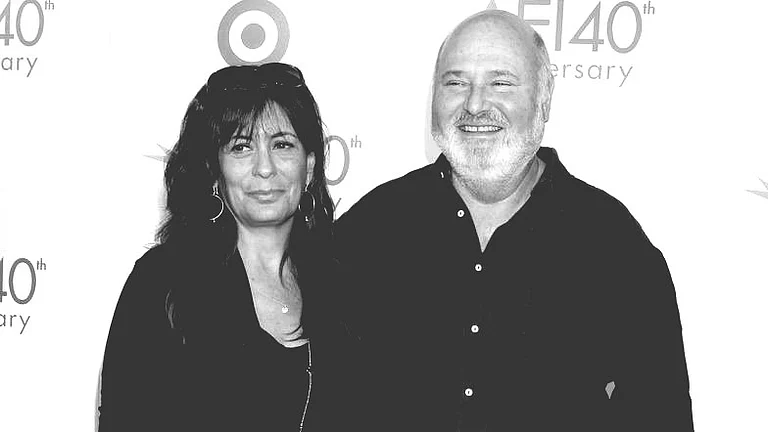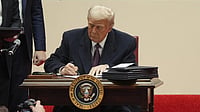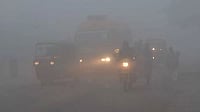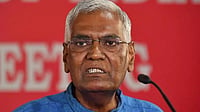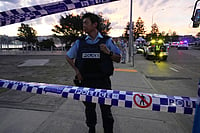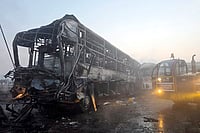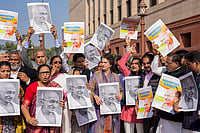THE blurb on the Air Mauritius inflight screen has a quote attributed to Mark Twain. It reads: "God saw Mauritius first. And then designed paradise."
Hyperbole, I tell myself. Good sales pitch, but hyperbole all the same. It is my first visit to this tiny island, 70 km long and 30 km wide, placed off the eastern coast of Africa at a latitude that approximates Australia’s. By the second day Twain’s words ring in my mind. Maybe they are true.
The sea within the lagoon created by the coral reef that almost magically rings the island, making the enclosed waters calm enough to be swimming pool-like, is of a shade of blue that I have never set eyes on before. It is a blue that is ethereal and lustrous, a blue that is unlike the blue of the sky above, as if the One up there had with care chosen a shade that had to be inimitable, had to be difficult to describe. And the sands that run to the sea have a pearl-like whiteness about them, as if put there to set off the blueness of the waters for all to see and gasp at. The sands are soft, powdery, almost without grain. Walking on it is like treading on a bed of soft, yielding wool. The beaches move up into terrain that is a breathtaking jumble of flat land filled with sugarcane, rolling meadows so like the English countryside, sudden startling outcrops of mountains with cloud-covered tops that testify to the island’s volcanic origin, rain-forests, tea gardens, lakes, rivers and waterfalls. The land seems to have been carefully arranged so as to afford at least a glimpse of the sea from most parts of the island. And all of this is a lush, living, deep hue of green.
Mauritius triggers off an urge to rhapsodise. No wonder friends are envious at my frequent journeys there. I go there on business, inevitably interspersed with large measures of pleasure. The island is also my beachhead for the countries that line the eastern coast of Africa—a safe haven from which to deal with the tremendous business opportunities and their attendant risks. Matters are made easy as the island nation is part of a 17-country trade zone which includes most of the significant countries in the region.
Mauritius is a good market for Indian goods, albeit a small one, considering it has one million inhabitants and a near-zero population grow rate. Over 70 per cent of the population is of Indian origin. The island has no "original" inhabitants, precluding any Fiji-like turbulence over questions of ethnicity and rights. One gets a glimpse of India in the clothes people wear, their near frenetic fondness for Hindi movies, their temples (termed incongruously "Hindu" and "Tamil" after the two major ethnic groups), their national holidays (which include Ganesh Chaturthi, Shivratri, Diwali, Pongal and Holi), and their names which are essentially Indian.
But the spoken language is different. Creole is a tongue of lilting cadences—French mixed with small doses of English, Hindi, Tamil and Swahili. It is incomprehensible to me but for the odd Hindi or Tamil word used to identify something entirely Indian, say a vegetable or an ethnic culinary preparation. Food is an interesting mix of the Continental and the Indian, resulting in delightful dishes such as lamb chops with a sprinkling of masala or a Creole steak which is meat accompanied by coconut chutney and a green chilli to nibble on.
The society is largely egalitarian and the people not ashamed of their indentured labour antecedents. Accurate origins are recounted only in folklore. A senior bureaucrat has an interesting tale to tell. He claims that had his great-grandfather not hit his unkind stepmother on her head with a pan and had he not run away from home to this distant land, fearing parental wrath, he would surely have been a helper at a tea stall in some obscure town of Uttar Pradesh. Or Parboosing who was convinced that he was a Sikh until I told him that the surname was common in Bihar, too.
Mauritius embarked on liberalisation long before India. Its socialistic infrastructure of a tightly-planned economy and strict control was dismantled almost 15 years ago. Consequently, this country, with no resources and a non-existent manufacturing base, today boasts of 100 per cent employment, a positive balance of trade, a healthy per capita income of $2,740 per year and an annual GDP growth rate of 6 per cent. The island is the world’s second largest producer of knitwear and a major offshore banking centre.
Three key factors have helped—a good location, policies closely linked to the national economic strategy and a far-sighted political leadership.
The process continues. As costs rise, there is a move to shift from low-skill, labour-intensive sectors like textiles to areas like computer software that have growing potential in Africa. Tourism is a major earner, too.
The country is truly fascinating. It is ironical that the people who are at the helm of this vibrant nation hail mostly from the arid plains of eastern Uttar Pradesh, an area plagued by problems like corruption, lawlessness, high crime rate, poor infrastructure, lack of industrial investment and retrograde social mores. Maybe all is not lost there. Given theright inputs, there just might be some hope, after all.
(The author is President, SRF International)







